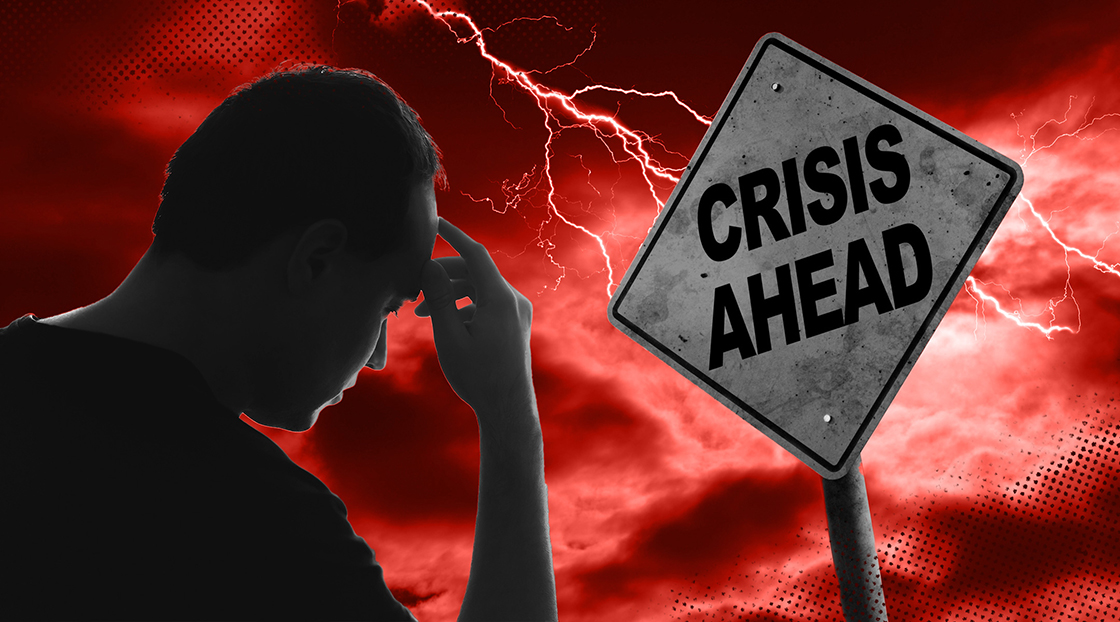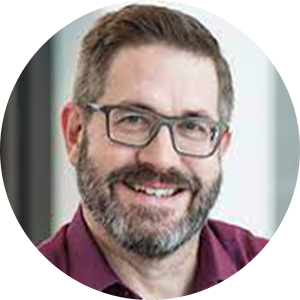Anguish.
That feeling best describes what it’s like being a social admin during a crisis or a calamity. Outpourings of suffering and confusion flow across every social platform and flood into the eyes and mind.
There’s a wave of emotions when something dreadful is happening. Adrenaline carries the work during the first few hours for those communicating about the event. Professionalism keeps the engines moving as the events continue.
Then, as the initial response crests and settles down, there is an upwelling of feelings: Despair, fear, anger, confusion and, under it all, a kind of helplessness. These feelings only deepen as the hours and days arrive following the calamity.
Will content ease the grief of losing a friend to violence? Will content lighten the spirit of those displaced by a disaster? Will content repair trust that’s been shattered by a poor decision?
The right content shared at the right time can do these things. Posting on the internet can help a community heal. Higher education social admins are not helpless as their community recovers from a crisis. They are essential to the process.




